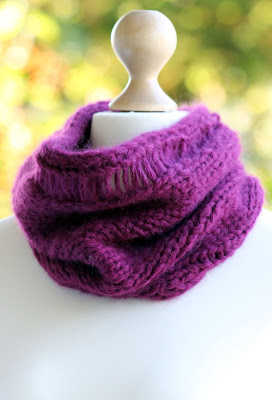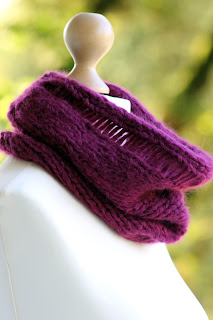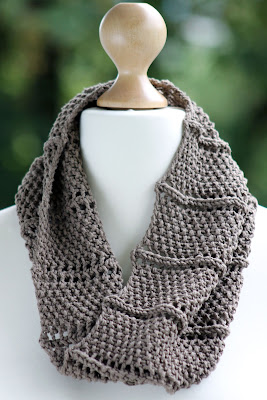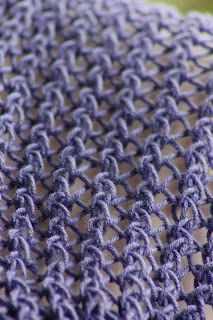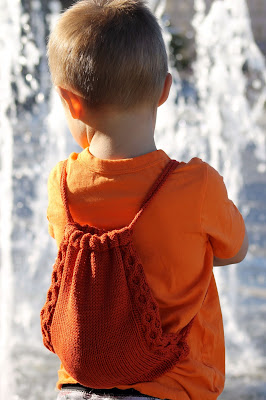 |
| Swiss Check Scarf |
If I had one inspiration for this scarf, it was the planned color pooling pictures that keep popping up in my Facebook feed (dude, I follow a lot of knitters). If I had two inspirations for this scarf, it was PCP (such a bad acronym!) and laziness; the idea of fiddling with a yarn and a design until I had nailed a certain color pattern seemed about as appealing to me as taking all three of my children to the dentist by myself for concurrent appointments. So I went with a more relaxed take on the same theme; namely, a slip stitch color pattern worked with two skeins of the same variegated yarn that still creates a fancy pattern but requires much less precision! :)
Yarn: Lang Yarns Viva (100% Merino Wool; 120 yards [110 meters]/50 grams); #0020 - four skeins
 |
| A closer look at the Swiss Check. So Swiss, no? |
Notions: Tapestry needle
Gauge: 19 stitches = 4 inches in stockinette
And now that we've gotten the basics down, let's make a scarf! And let's begin by talking some shop: specifically, addressing the fact that this scarf is worked with two skeins of your variegated yarn at once, and that even though they're the SAME DARN COLOR (or combination of colors I suppose), I will be calling one skein A and one skein B. Of course, that's because they need to be worked alternately in order to produce the slip stitch color pattern (and for that reason I also recommend that you make sure to begin the slip stitch pattern with a portion of your skein B ball that does not match your skein A ball at whichever point in the dye you're in after the edging rows). So let's proceed as follows:
Using your skein A yarn (aka any whichever one of your skeins you pick up first), cast on 39 stitches loosely and work the edging rows as follows:





